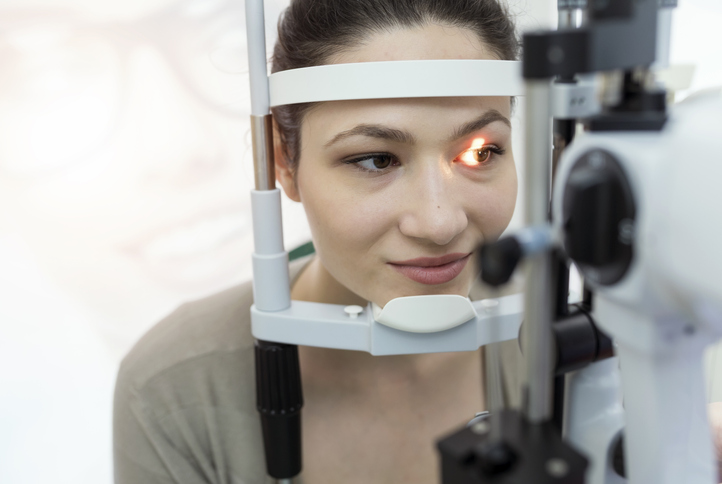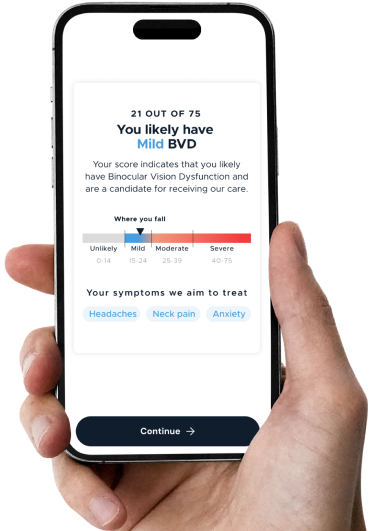Progress assessments are vital when treating Binocular Vision Dysfunction because micro-prism lenses often require adjustment as the eyes relax and realign. Follow-up visits every 2–4 weeks help refine prescriptions based on muscle response, ensuring continued relief from symptoms such as headaches, dizziness, light sensitivity, and blurred or double vision.
Why Progress Assessments Are Vital for Treatment of BVD

For those who have been diagnosed with Binocular Vision Dysfunction (BVD), the treatment process can seem confusing and even a little scary. There’s no need to be alarmed, however, as this is a pain-free and fairly straightforward procedure. To help you better understand what treatment for binocular vision disorders like BVD entails, this video features a NeuroVisual Medicine specialist explaining the process.
The Importance of a Progress Assessment Evaluation
When people with eye problems come to a clinic, their initial visit starts with a comprehensive NeuroVisual Evaluation. Once a patient is diagnosed with Binocular Vision Dysfunction, Vertical Heterophoria or some other binocular vision condition, they’re given the opportunity to preview the prescription and prism in a trial frame.
Afterward, they’ll be prescribed custom aligning micro-prism lenses to synchronize the eyes and provide relief to the overworked eye muscles. It takes about seven to 10 days for the glasses to come in. However, it’s important to keep in mind that your first pair is typically not your last pair. As the eye muscles relax and symptoms return, this is likely an indication that the prescription needs to be refined.
How Micro-Prism Lenses Are Used to Correct BVD
The amazing thing about this unique treatment method is that many patients, some of whom have sought help for years without relief, see an immediate reduction in the number and severity of their symptoms. A few common symptoms include headaches, dizziness and nausea, neck pain, anxiety and balance issues. As prism is introduced, the eyes start to realign, and the eye muscles that have strained for so long to compensate for the visual misalignment begin to relax. This process is called progressive relaxation.
As the eyes continue to relax, the tension on the eye itself is reduced, which can change the prescription or the prism values. NeuroVisual specialists see patients back in about two to four weeks to repeat many of the tests that were performed at the first appointment in order to target necessary modifications in the prism or prescription to further improve clarity and reduce symptoms.
Start Your NeuroVisual Treatment Today
To get your own NeuroVisual Evaluation and discover the benefits of micro-prism lenses, start by taking the BVDQ™ Assessment.

